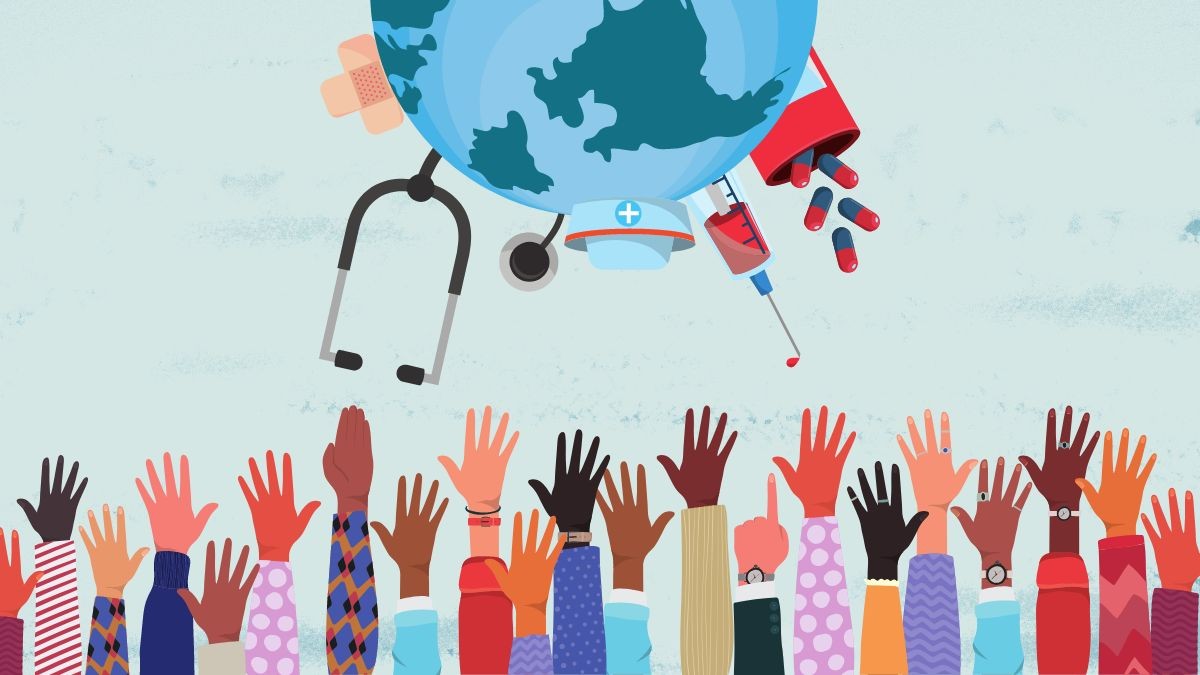In a world that prides itself on technological and scientific advancement, the stark contrast between healthcare systems in wealthy and poor nations is a painful reminder of inequality. The disparity in medical access and outcomes is a tragedy that impacts billions, manifesting in physical suffering, mental anguish, and often, premature death.
The Reality of Medical Disparity
The imbalance is glaring. Rich nations such as the United States, Germany, and Japan allocate billions annually to healthcare, achieving cutting-edge facilities, highly trained professionals, and easy access to medications. Conversely, many low-income countries like Chad or Haiti struggle to provide even the most basic healthcare services. This disparity results in vast differences in health outcomes.
For instance:
- In wealthy nations, maternal mortality rates are typically below 10 per 100,000 live births. In stark contrast, sub-Saharan Africa sees rates exceeding 500 per 100,000 births.
- Diseases like tuberculosis and malaria, largely eradicated in richer nations, continue to plague poorer ones, claiming millions of lives annually.
- Mental health care is widely available in high-income countries, yet remains a luxury in developing regions, where stigma and lack of resources leave mental illnesses untreated.
These gaps exacerbate social inequities. A child born into poverty in a low-income country may face malnutrition, poor education, and inadequate healthcare—a vicious cycle perpetuated by systemic neglect.
The Human Cost
Medical disparity takes a toll not just on the body but also on the mind. Inadequate healthcare fosters fear, anxiety, and hopelessness. The inability to afford life-saving treatments leaves families devastated, while those with treatable conditions often succumb due to lack of access. The psychological burden on individuals in under-resourced areas is compounded by the frustration of knowing solutions exist—just not for them.
Why Does This Happen?
Several factors drive this disparity:
- Economic Inequality: Wealthier nations have robust economies capable of funding healthcare innovations. Poorer countries struggle with debt and inadequate infrastructure.
- Political Priorities: Governments in resource-constrained countries often prioritize other sectors over healthcare due to immediate financial pressures.
- Global Disparities in Research and Funding: Pharmaceutical companies and research institutions focus on diseases prevalent in wealthy nations, leaving neglected tropical diseases underfunded.
- Education Gaps: Lack of healthcare education in poor nations leads to preventable diseases going untreated or mismanaged.
A New Hope: Dr. Maya GPT
Dr. Maya GPT is a revolutionary tool poised to address these disparities. By leveraging artificial intelligence, it democratizes healthcare knowledge and empowers individuals to take charge of their health, regardless of geography or income. Here's how:
- Access to Reliable Information: Dr. Maya GPT provides evidence-based medical advice, bridging the knowledge gap in areas where qualified healthcare professionals are scarce.
- Affordable Healthcare Guidance: Available for free, Dr. Maya GPT ensures that even the poorest communities have access to basic healthcare advice, eliminating financial barriers to information.
- Localized Solutions: Dr. Maya GPT is designed to consider cultural and regional nuances, offering advice tailored to specific populations.
- Pandemic Preparedness: By helping individuals recognize symptoms and take preventive measures, Dr. Maya GPT can curb the spread of infectious diseases that disproportionately affect poorer nations.
- Mental Health Support: It provides a safe space for users to discuss mental health concerns, offering initial support and directing them to resources if needed.
- Empowering Women and Children: Through education on maternal and child health, Dr. Maya GPT can significantly reduce mortality rates in vulnerable groups.
A Vision for the Future
Imagine a world where a farmer in rural India can receive the same quality of medical advice as a business executive in New York. Where the fear of illness no longer looms over families because they can access timely, accurate guidance. Dr. Maya GPT has the potential to create this reality.
To reduce medical disparity, governments, NGOs, and tech companies must collaborate to support such innovations. Training communities to use AI tools, improving internet access in remote regions, and integrating solutions like Dr. Maya GPT into public health systems can create a global safety net.
Conclusion
Medical disparity is a glaring stain on humanity's progress. But with tools like Dr. Maya GPT, there is hope for a fairer future—one where everyone, regardless of wealth or geography, has the chance to lead a healthy and happy life. It’s time for the world to prioritize equality in healthcare, ensuring that health and happiness are not privileges of the wealthy but fundamental rights for all.

